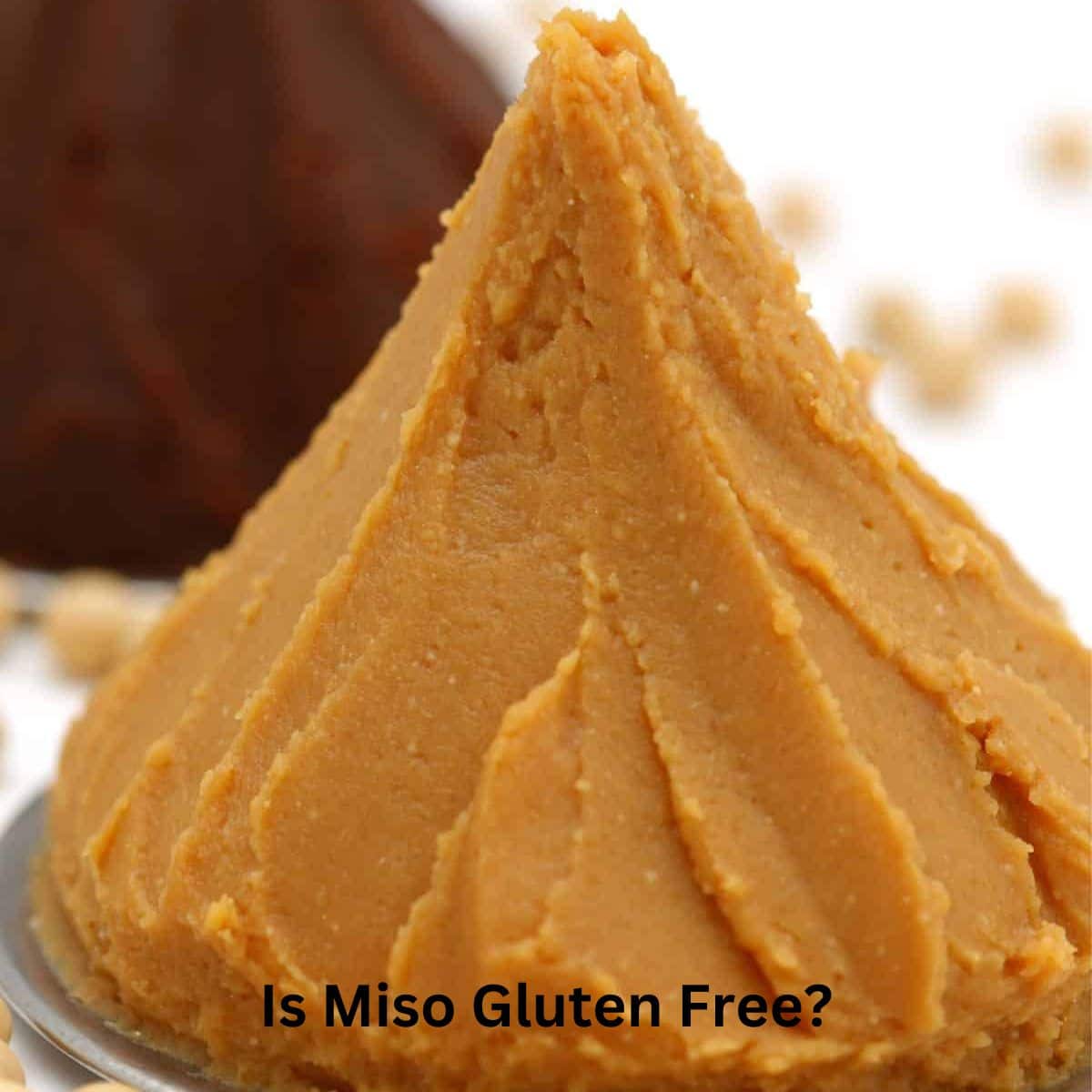Miso paste is a staple in Japanese cooking and the star ingredient in miso soup. Its rich, savory flavor makes it perfect for marinades, soups, and sauces. However, if you follow a gluten-free diet, you may wonder whether miso is gluten-free. The answer depends a lot on how it’s made, and the specific brand.. Here’s what to know before you buy it.
This post may contain affiliate links. Please read our Disclosure Policy.

Quick Answer:
Miso paste is sometimes gluten-free. It depends on the ingredients used to ferment the miso. Some brands use only soybeans and rice, while others include gluten-containing grains like barley, wheat, or rye. That means you need to read labels carefully and look for trusted gluten-free brands.
What Is Miso Paste?
Miso paste is the main ingredient in miso soup. Miso soup is a popular soup served in Japan and Japanese restaurants.
Email This Recipe To Me!
Miso is a fermented paste traditionally made from soybeans and a grain such as rice or barley. The fermentation process adds a rich, umami flavor and smooth texture. There are two common types of miso:
- Red miso (aka miso): Darker, with a deeper and saltier flavor from a longer fermentation process
- White miso (shiro miso): Light in color with a milder, sweeter flavor. Fermented for a shorter time.
These gluten-containing grains are potential red flags, and it is very important to read the ingredient label to look for gluten. A good tip when shopping for miso is to look at the names of the miso. Mugi miso is made with barley, and Tsubi miso is made with wheat and rye.
Typical Miso Ingredients:
As you can see from this list, there are a lot of potential issues when it comes to miso
- Soybeans
- Brown Rice
- Koji Rice
- Wheat
- Barley
- Rye
- Millet
- Buckwheat
Gluten-Free Miso Paste Brands:
- Hikari – This miso paste is made with rice and soybeans. Hikari makes white and red miso pastes, and both are gluten-free.
- Smart Miso – You can find this brand at Whole Foods. It is made with rice and soybeans. It is actually certified gluten free.
- Yuho – This miso paste is made with rice and soybeans and is gluten-free.
- Marukome – Made with rice and soybeans.
- Clearspring Miso Paste – This is a white miso paste, meaning it has a short fermentation. It is made with rice and soybeans.
- Miso Master – They make white miso paste with rice and soybeans.
- Roland Miso Paste – This is another miso paste with a shorter fermentation and lighter color.
⚠️ Always double-check product labels and manufacturing practices, since brands can change ingredients or processing methods without warning.

